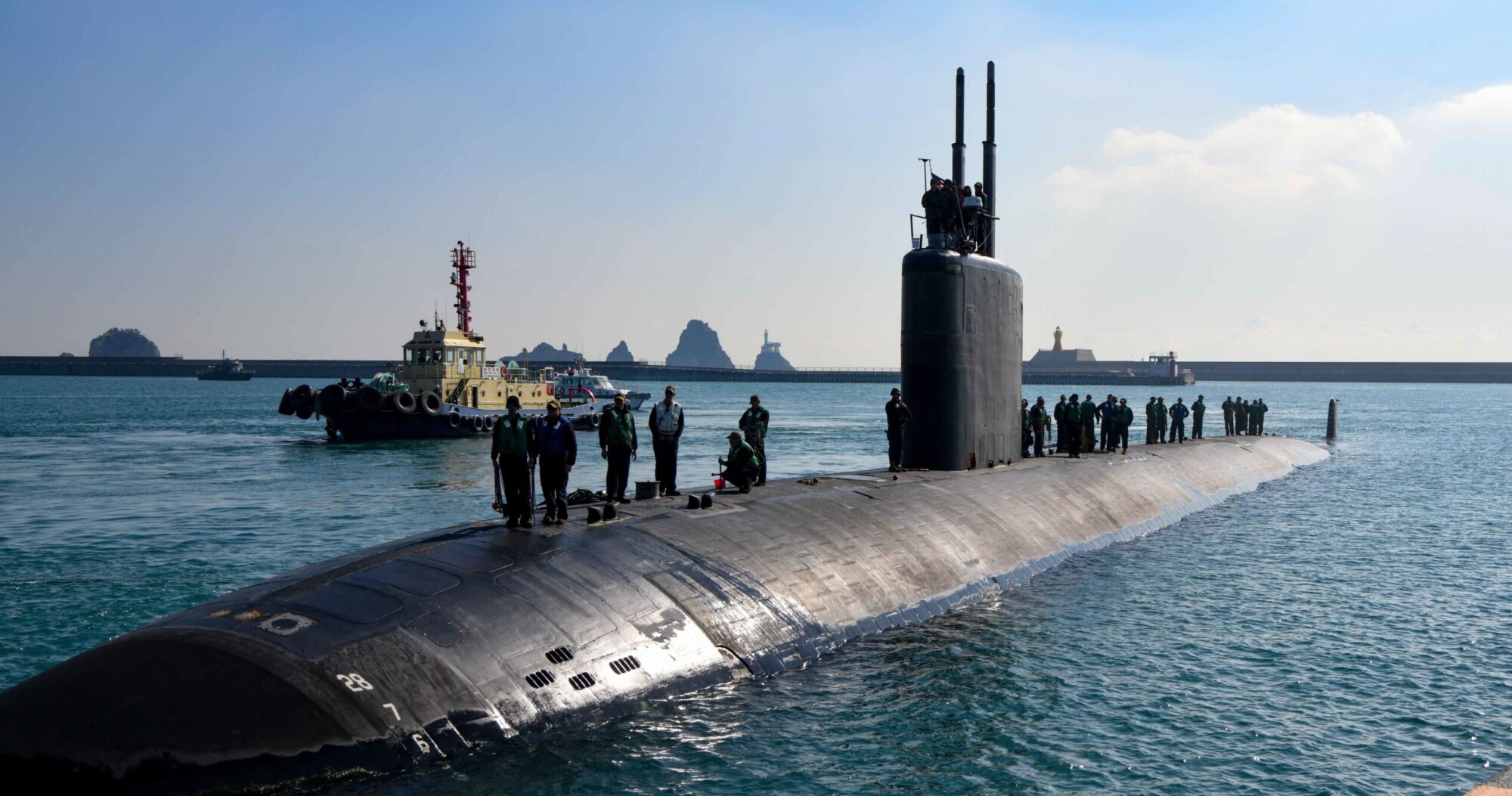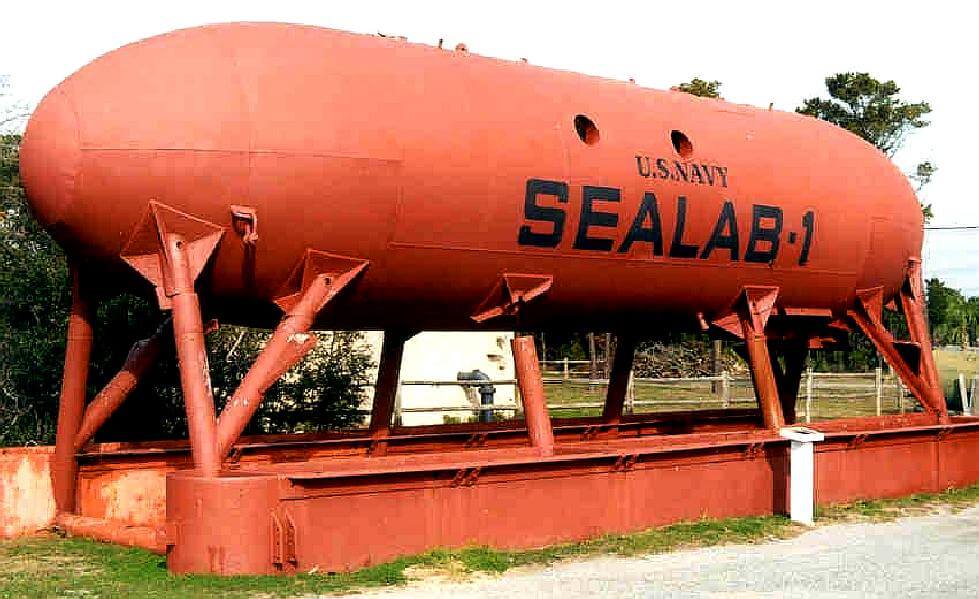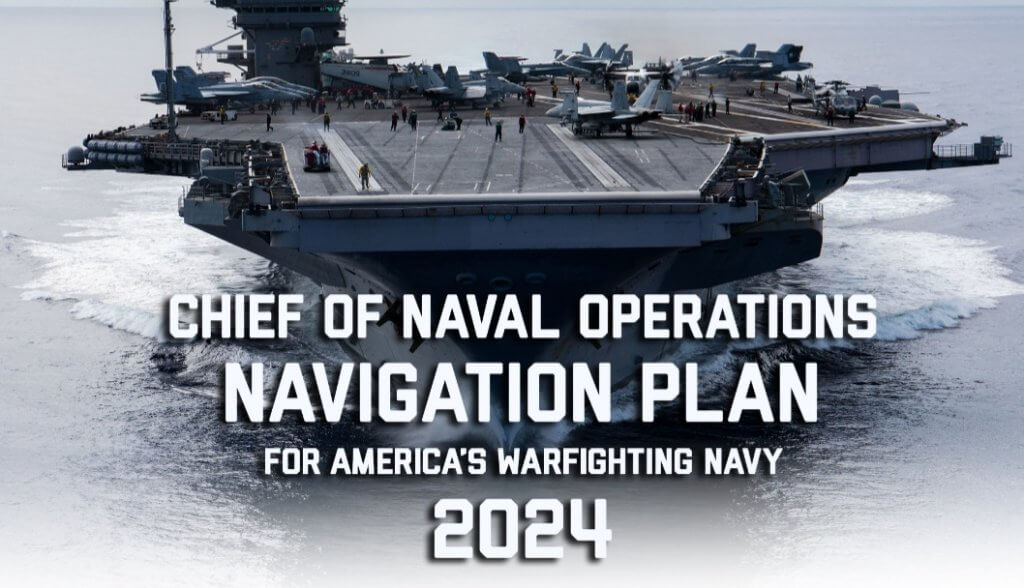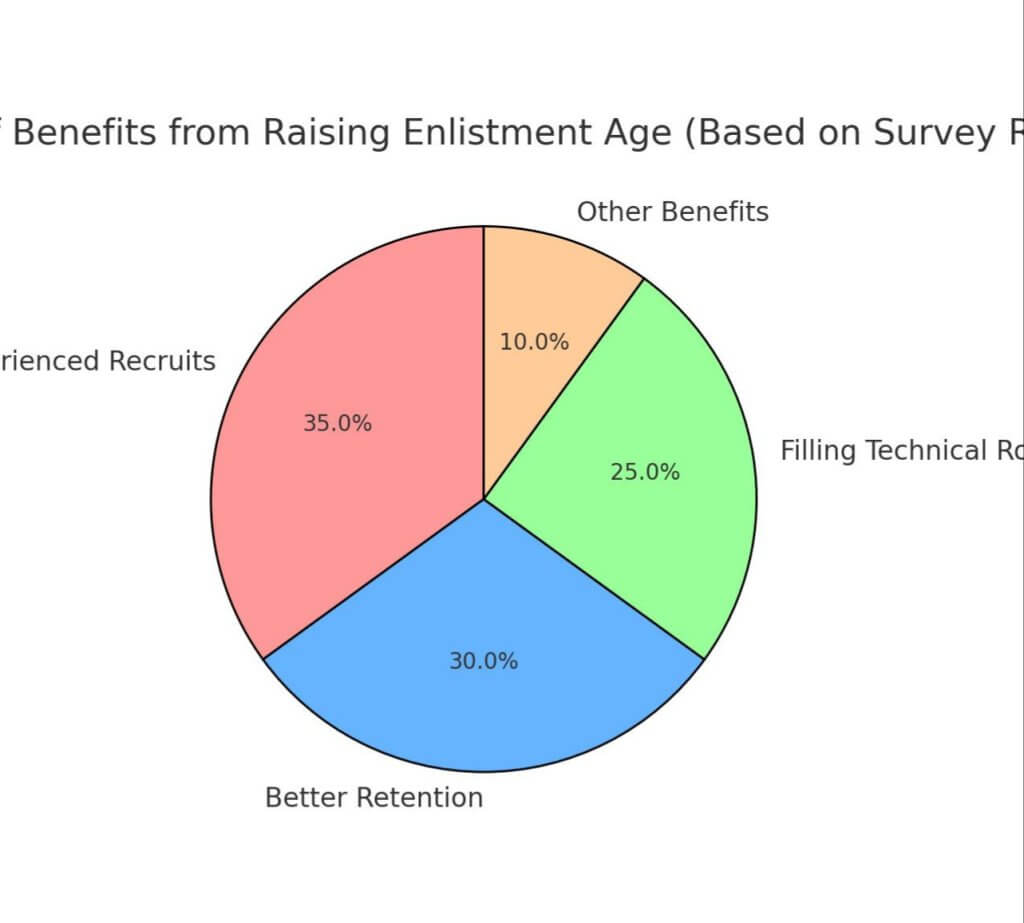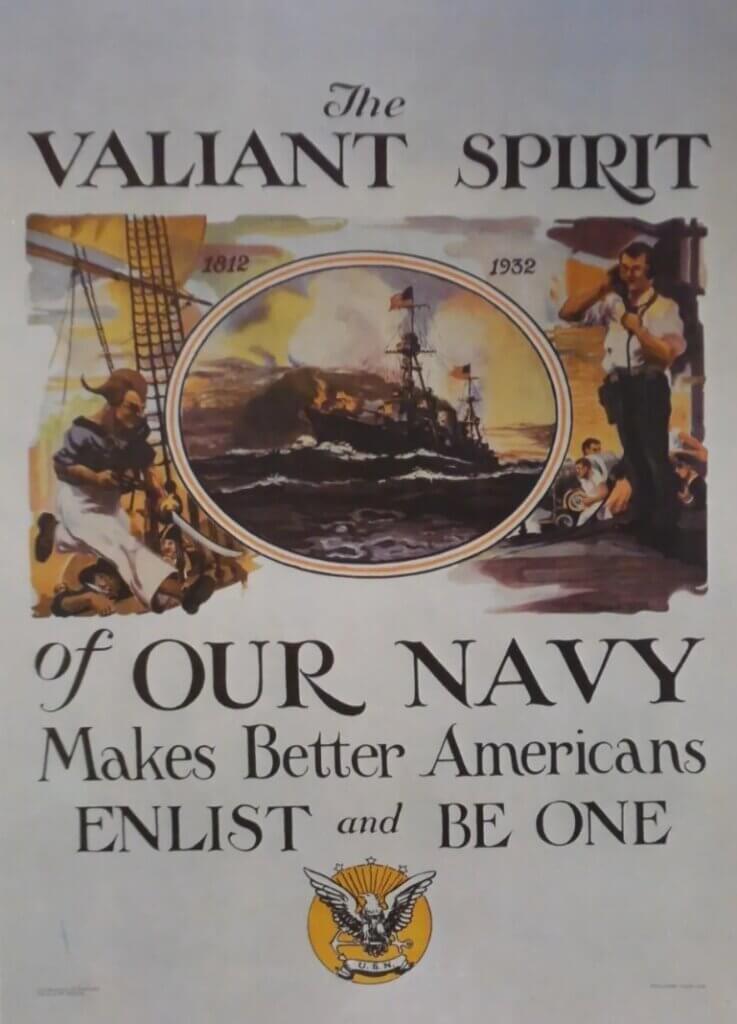
Wake up, America—our destiny depends on it.

Introduction
In our ongoing pursuit to strengthen America’s sea power, we must confront the challenges facing both our Navy and the broader maritime domain. Over the weekend, I immersed myself in key publications—from Captain Brent D. Sadler’s impassioned article, The Nation Needs a Shipbuilding Revolution (February 2025 Proceedings), to insightful analyses on platforms like War on the Rocks and legislative presentations regarding the SHIPS for America Act. In addition, I revisited the history and nuance of Naval versus Maritime Statecraft.
The conclusion is clear: our nation’s strength at sea relies on a transformative, integrated approach. In short, When America Ships, America Wins.
Why This Matters
For too long, the U.S. Navy has operated under a narrow warfighting mandate—a legacy of policies from the 1950s that prioritized combat readiness above all else. Yet history teaches us that true American sea power has always depended on two interlinked capabilities: a modern, formidable fleet and an engaged maritime domain that underpins commerce, diplomacy, and humanitarian efforts.
As Rep. Garamendi recently stated,
“Today, less than 200 oceangoing ships fly the American flag; the SHIPS for America Act will empower our shipyards and marine merchants to uphold our country’s status as a leader in the maritime industry.”
Meanwhile, Senator Mark Kelly emphasized,
“Strengthening America’s shipbuilding capacity and revitalizing our commercial maritime industry is critical to both our national security and economic resilience.”
These words capture the urgent need to reinvest in our naval statecraft while simultaneously enhancing our broader maritime strength.
Our Journey to Clarity
Throughout my review, several key insights emerged:
Dissecting the Sources: Captain Sadler’s article calls for a revolution in U.S. naval shipbuilding. He writes, “For too long, needed investment in and action to bolster our nation’s maritime industrial base have been elusive. That luxury is no longer feasible given the threat from a revanchist and massively invested Chinese military.” His words, combined with insights from War on the Rocks and historical reflections, remind us that our Navy must once again balance combat readiness with essential peacetime missions.
Clarifying Terminology: We now clearly distinguish between “naval statecraft”—focused on rebuilding our fleet and shipbuilding capacity—and “maritime statecraft,” which encompasses the broader economic, diplomatic, and logistical roles at sea. Recognizing that these two concepts are mutually reinforcing helps create a coherent strategic message.
Refining Our Message: After extensive review and discussion, our distilled, bold message is: When America Ships, America Wins. Coupled with the rallying cry, Wake up, America—our destiny depends on it, this encapsulates the urgent need to invest in our naval statecraft to secure our maritime future.
Key Takeaways and Implications
Integrated Mission for a Modern Era: A strong Navy is not just about preparing for war—it is the foundation of national security, economic prosperity, and global maritime influence. When America builds its ships, it reinforces its entire maritime domain.
Economic and Security Benefits: Investment in our shipbuilding industry creates high-quality jobs, revitalizes our manufacturing base, and ensures our fleet is capable of sustaining military operations and global trade. Without sufficient modern vessels, our ability to maintain critical supply chains is at risk.
Historical Lessons for Today: The interwar period showed that the U.S. Navy once balanced readiness for war with vital peacetime missions like humanitarian aid and diplomatic engagement. Recalling these lessons provides a blueprint for integrating naval and maritime statecraft in today’s complex environment.
In my efforts to understand the challenges facing the U.S. Navy and our maritime infrastructure, I have spent a fair amount of time reviewing the Jones Act and the range of views surrounding it. While there are differing opinions on how best to strengthen our domestic shipping industry, one thing is clear—America needs more ships, a stronger supporting infrastructure, and a Navy that is fully equipped to protect our national security. Regardless of where one stands on the specifics of maritime policy, we can all agree that a Stronger Navy is critical to American security and economic resilience. My focus remains on ensuring that we have the industrial capacity, shipbuilding capabilities, and logistics networks necessary to maintain U.S. maritime strength in an increasingly contested world.
Why Americans Should Care
For over two centuries, American maritime strength has been a cornerstone of our global leadership. Yet today, our domestic shipbuilding industry has shrunk from over 300 shipyards in the 1980s to just 20, and our U.S.-flagged commercial fleet has dwindled to fewer than 80 vessels. With China dominating global shipbuilding and maritime trade, the equation is simple: When America Ships, America Wins. Our shipyards are the engines powering our Navy, safeguarding our commerce, and securing our freedom.
Implications for the Navy and the Maritime Domain
For the Navy: Modernizing our fleet enhances operational readiness, supports a skilled and sustainable workforce, and allows the Navy to execute both war and peacetime missions. A modernized Navy is essential to deter adversaries and defend our national interests.
For the Maritime Domain: A thriving shipbuilding industry is vital for protecting American commerce, ensuring free navigation, and fostering economic resilience. Strengthening our maritime statecraft reinforces strategic partnerships and maintains our global influence.
The Legislative Response: SHIPS for America Act
Bipartisan efforts led by figures such as Senator Mark Kelly, Congressman Mike Waltz, Rep. Trent Kelly, and Rep. John Garamendi have culminated in the introduction of the Shipbuilding and Harbor Infrastructure for Prosperity and Security (SHIPS) for America Act. This comprehensive legislation proposes to:
- Revive U.S. Shipbuilding: Offer tax incentives and targeted investments to rebuild our shipyards and attract private-sector growth.
- Expand the U.S.-Flagged Merchant Fleet: Implement cargo preference laws to ensure more goods travel on American ships.
- Strengthen National Security: Increase the supply of ships available for military logistics and rapid response.
- Develop a New Maritime Workforce: Establish apprenticeships, trade school incentives, and recruiting programs to restore critical skills in ship maintenance and marine operations.
- Forge Strategic Partnerships with Allies: Collaborate with trusted nations like Japan, South Korea, Finland, and Canada to enhance our shipbuilding capacity while ensuring American oversight.
This legislation is not about partisan politics—it’s about survival. With global supply chains vulnerable to disruption, the urgency to rebuild our maritime strength has never been greater.
Conclusion & Call to Action
History teaches us that nations fall when they lose control of the seas. Today, as our adversaries grow stronger and our industrial base shrinks, we cannot afford to dawdle. It’s not war we desire, but peace achieved through strength—and our enemies must know that America will not stand idly by.
Join us in this crucial mission. We call on policymakers, industry leaders, and every American who values freedom and prosperity to support transformative initiatives that invest in our naval statecraft. By strengthening our shipbuilding industry and modernizing our Navy, we secure a robust maritime future that benefits us all.
When American Ships, America Wins.
Wake up, America—our destiny depends on it.
Visit StrongerNavy.org to learn more, get involved, and help ensure that our nation’s shipbuilding efforts pave the way for a secure and prosperous future.
In service to a stronger America,
Bill
